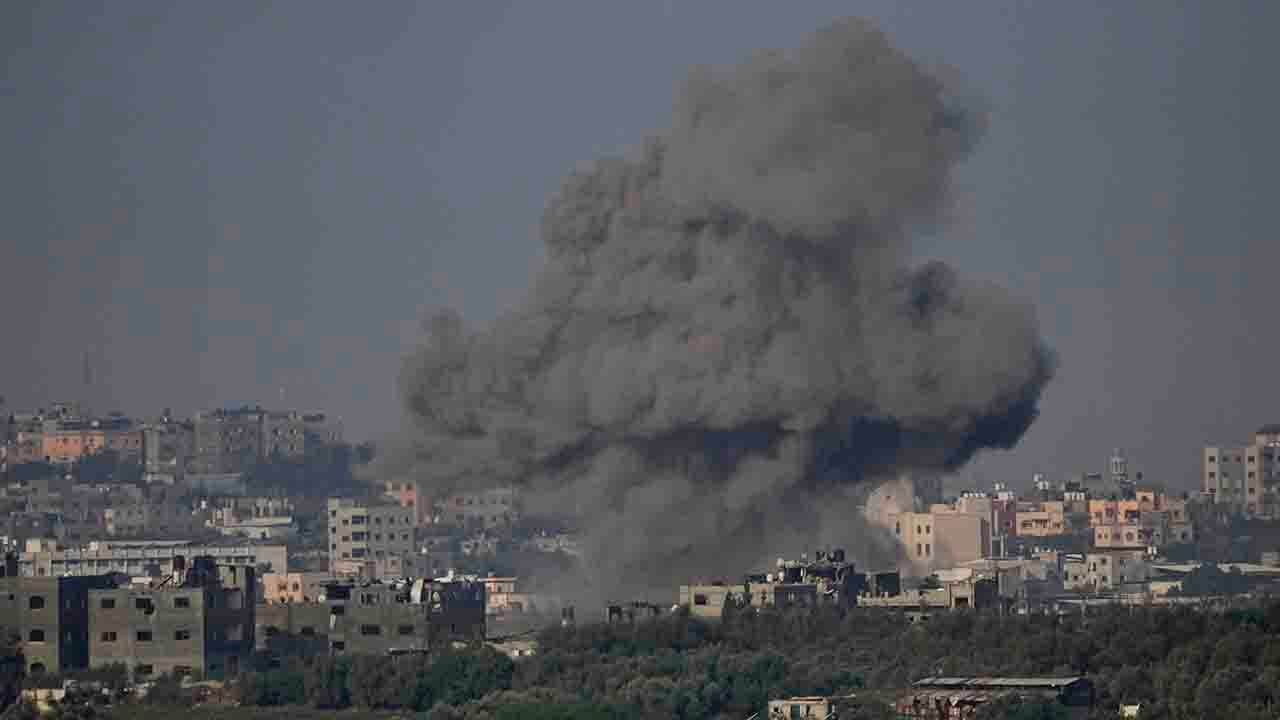Iran Exceeds Limits Set in 2015 Nuclear Deal, Raises Concerns Among Signatories

About the People Mentioned
Iran
Iran, officially known as the Islamic Republic of Iran, is a country with one of the world's oldest continuous major civilizations, dating back to the 5th millennium BC. Historically, it was known as Persia and was home to powerful empires such as the Achaemenid, Parthian, and Sassanian Empires. The country experienced significant changes with the Islamic conquest in the 7th century and the establishment of Shia Islam as the state religion under the Safavid dynasty in the 16th century[1][2]. Iran's modern history includes the Pahlavi dynasty, which modernized the country but was overthrown by the 1979 Islamic Revolution led by Ayatollah Khomeini. This revolution transformed Iran into an Islamic theocracy, marking a significant shift in its political and social landscape[3]. Economically, Iran is heavily reliant on its oil and gas resources, making it a key player in global energy markets[2]. Currently, Iran plays a significant role in regional and global geopolitics, with ongoing tensions with the United States, Israel, and other Western countries. The country has been involved in various conflicts, including the Iran-Iraq War and more recent proxy wars in the Middle East[1][3]. Internally, Iran faces challenges related to human rights and democracy, with periodic protests and calls for reform[5]. Recent events have included increased tensions with Israel, with reports of escalating military actions, and internal protests against the government's policies[3]. Despite these challenges, Iran remains culturally rich, with a diverse population and a heritage in arts, literature, and architecture[2]. Its unique blend of traditional and modern elements continues to influence both regional and global affairs.
About the Organizations Mentioned
U.N. nuclear watchdog
## Overview The International Atomic Energy Agency (IAEA), often referred to as the “U.N. nuclear watchdog,” is the world’s central intergovernmental forum for scientific and technical cooperation in the nuclear field[6]. Established in 1957 as an autonomous organization within the United Nations system, the IAEA was created in response to the global anxieties and hopes surrounding nuclear energy following its discovery[4]. Today, the agency is headquartered in Vienna, Austria, with 178–180 member states as of 2023–2025[3][5]. Its mission is to promote the safe, secure, and peaceful use of nuclear science and technology, while helping to prevent the proliferation of nuclear weapons[1][6]. ## Core Functions The IAEA operates on three main pillars: **peaceful uses**, **safeguards**, and **nuclear safety**[2][4]. - **Peaceful Uses**: The agency accelerates the contribution of nuclear energy to peace, health, and prosperity worldwide. It supports member states in nuclear power generation, medical applications, agriculture, and environmental management, providing training, technical assistance, and scientific exchanges[2][3]. - **Safeguards**: The IAEA verifies that nuclear materials and technologies are not diverted to military purposes, thus upholding the Nuclear Non-Proliferation Treaty (NPT). It monitors nuclear facilities, conducts inspections, and reports on nuclear activities globally[1][2]. - **Nuclear Safety**: The agency sets international safety standards, conducts peer reviews, and assists countries in strengthening their regulatory frameworks to prevent nuclear accidents and ensure the safe handling, transport, and disposal of radioactive materials[1][9]. ## History and Key Achievements The IAEA’s founding was a direct response to the dual nature of nuclear technology—its potential for both tremendous benefit and catastrophic harm[4]. Over the decades, the agency has played a pivotal role in global nuclear governance. Notable achievements include:






